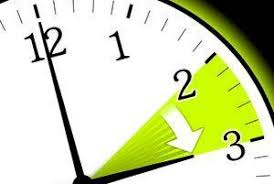
Daylight Saving Time was first enacted by the federal government on March 19, 1918, during World War I, as a way to conserve coal, Although it was halted nationally later that year, it has persisted in some form at local and state levels for decades before being recognized nationally in 1966 by the Uniform Time Act. DST in the USA starts on the second Sunday in March and ends on the first Sunday in November. The current schedule was introduced in 2007 and follows the Energy Policy Act of 2005.
Arizona, with the exception of the Navajo Nation, and Hawaii doesn’t take part in Daylight Saving Time.Other non-observers are American Samoa, Guam, Puerto Rico, the Virgin Islands and the Northern Marianas Islands. Indiana introduced Daylight Savings Time in 2006. Prior to that, some counties in the state observed it while others didn’t, which caused a lot of confusion, particularly since Indiana is split into two time zones already.
At least 40 countries worldwide observe Daylight Saving Time, including most of Canada, though the majority of Saskatchewan and parts of northeastern British Columbia don’t participate. For obvious reasons, most countries near the equator don’t deviate from standard time.
Remember, DST is a good time of year to change the batteries on your smoke detectors and carbon monoxide detectors.
Daylight Saving Time now accounts for about 65 percent of the year. DST will officially end at 2 a.m. on Sunday, November 1.
